REVIEW – The return of Age of Empires after more than 16 years is a landmark moment for the games industry. One of the most acclaimed and best-known strategy series is back, aiming to win over both longtime fans and a new generation of players. Did it succeed? You’ll find out in our Age of Empires IV review. We’ve updated this article after hands-on testing the PlayStation 5 version, with detailed impressions of the console experience, performance, and DualSense feedback.
When Microsoft shut down Ensemble Studios in 2009, many fans mourned the end of the renowned team and what looked like the end of the beloved real-time strategy franchise, Age of Empires. In the meantime, Microsoft established itself in the console market and celebrated major success with the Xbox 360. For a long time there was little room on Microsoft’s production slate for its veteran PC brands. Thankfully, that has changed in recent years. Microsoft is returning to its roots, giving several PC series a fresh start. In this review, we’re also putting the PS5 version under the microscope.
PlayStation 5 Experience
The PS5 build is surprisingly comfortable to play with a controller. Radial menus, a reworked interface, and smart task automation help base building, unit management, and battlefield maneuvers feel quick and precise. The DualSense provides subtle haptic cues during battles, destruction, and Age transitions, adding tactile weight to key moments, and the button layout feels natural after a short adjustment period.
In performance terms, the game targets a stable 60 frames per second, with brief loading times and generally steady delivery even during larger engagements. Visuals are clean and consistent on console, while camera panning and zooming are notably smooth, which makes swift map traversal and fight oversight easier.
There are a few trade-offs. In extreme, unit-heavy clashes, brief dips can occur, and the volume of on-screen information can feel dense on a daytime-viewed TV at typical couch distance. Even so, DualSense support, the brisk SSD-driven flow, and thoughtful controller mapping add up to a strong console experience overall.
Sixteen Years To Return To The Middle Ages
Remastered editions of the first three Age of Empires entries have been rolling out since 2018. Now the moment fans have waited more than 15 years for has finally arrived. With Age of Empires IV, the series gets its first fully new installment since 2005. The game is developed by Relic Entertainment, a studio with over two decades of real-time strategy experience thanks to Homeworld, Warhammer 40,000: Dawn of War, and Company of Heroes. The question is whether that pedigree is enough to let a venerable brand shine again.
Had Age of Empires IV been developed regularly under Ensemble Studios’ leadership, we would likely be fighting 19th and 20th century battles by now. The original plan was to close out humanity’s historical journey with the fourth entry. Relic, however, didn’t follow that path with the new Age of Empires IV. Instead, it returns to the Middle Ages, the same era that anchored the second game.
The team set out to depict this period as authentically as possible. You can feel the studio’s close collaboration with experts in every facet of the game. It’s packed with cutscenes and animations that vividly demonstrate period warfare and everyday life. The clear goal was to make Age of Empires IV useful not only as a videogame, but also as an educational tool.
That also applies to the four sweeping campaigns. Each spans eight to ten missions and retells real conflicts of the medieval era. From William the Conqueror and his heirs’ struggle for the English crown, through the Hundred Years’ War between England and France and the Mongol horde’s conquests, to the rise of tiny Moscow into the political center of all Rus’. Between missions, short films combine real locations, animation, and showpiece reconstructions to set the historical stage for the next battle. It’s an effective way to embed otherwise loosely connected missions in context.
One decision didn’t help: placing the English and French campaigns back-to-back. Late in each, many missions revolve around assaulting or defending fortresses, and the two factions play similarly. To be frank, the early going across the first two campaigns feels repetitive and a bit dull. Thankfully the remaining two bring back variety.
A Melting Pot Of Civilizations
Happily, the English and French similarity isn’t representative of Age of Empires IV as a whole. The campaigns showcase eight distinct civilizations. That’s fewer than the original Age II’s 13 at launch, but factions now differ far more than in Age II. There’s still a central tech tree with shared fundamentals, yet certain technologies are civ-exclusive and sometimes tied to different Ages. Only the Delhi Sultanate fields war elephants, for instance, and mounted archers are largely unknown in Europe.
Beyond unique techs and signature units, most of the eight factions also sport bespoke mechanics. The Mongols, for example, build with yurts and can pack up camp at any time, relocating rapidly. These steppe horse cultures are highly mobile thanks to their cavalry masses and economic infrastructure. If an area is stripped or becomes too dangerous, they can shift base without rebuilding from scratch. That mobility comes at a cost, though: no palisades or walls. Turtle players won’t find a home here.
The Rus’ are a true hunter society. Instead of mills, they build hunting cabins, which can still be ringed with farms but primarily reward wildlife harvesting. Each animal felled increases a value that unlocks work-rate bonuses for villagers and, in three stages, generates passive gold collected at those cabins. Their economy thrives in forests, a fact reflected in their architecture, which remains entirely wooden until the third Age.
China’s dynasties and tax collectors, the Delhi Sultanate’s literary culture and free research, and the Abbasids’ House of Wisdom all bring compelling asymmetries. Many factions push you to focus on different pressure points, and that variety keeps the game lively. In that sense, the civ concept evolves sensibly beyond Age II. The smaller roster is forgivable for balance reasons, and the team largely sticks the landing.
The Classic AOE Gameplay Neither Disappears Nor Transforms
For all the inter-civ differences, the overall design needs them, because much of the rest hews closely to Age of Empires II. Veterans will recognize the loop instantly and feel right at home. You can almost hear the mantra: don’t change the gameplay too much or people might think this isn’t a new Age of Empires. There’s little room here for wild experiments.
The economy still revolves around four resources — wood, food, gold, and stone — gathered by villagers in the usual ways. You’ll drop lumber camps, mining camps, and mills near nodes to shorten walk cycles, and you’ll raise barracks, ranges, and stables to field troops. Houses push your pop cap, while blacksmiths and universities unlock powerful upgrades.
Advancing Ages does get a twist. You no longer just click a town center upgrade. Instead, you place one of two Landmarks, differing by Age and civ. Build the Kremlin as the Rus’, for example, and it functions as a fortification. Often Landmarks are stronger versions of standard buildings, like the blacksmith, keep, or monastery.
Walls also see tweaks. Troops can now mount them, and they’re far stouter obstacles since only stone walls fall to proper siege. You can stud walls with towers, but ranged units oddly can’t use those emplacements, making what should be strongholds feel like weak links.
None of these details change the fact that Age of Empires IV plays a lot like Age of Empires II. Given Age II’s greatness, that’s a fine base, yet Age IV can’t quite match even the classic’s matured flow. Small quality-of-life gaps abound, including missing conveniences from the Definitive Edition. We couldn’t find a global production panel or a one-button auto-scout command, for instance.
More puzzling, features present in the very first game are gone. There’s no central town bell to garrison all villagers instantly. A similar function lives in the villager UI, but it’s clunkier because not everyone is in range. Dead peasants, sadly, are a common sight. The entire diplomacy layer is also absent. You can still pay tribute in resources, but you can’t switch relations between hostile, neutral, and allied.
Rock Paper Scissors
Combat once again follows a clear rock-paper-scissors logic. Spearmen pin cavalry, cavalry shred exposed ranged units, and ranged units punish slow infantry. The unit roster is lean. Most armies hinge on spearmen and swordsmen, archers, crossbowmen and hand-cannoneers, plus lancers and knights. Depending on civ, unique troops either replace these basics or complement them.
The Holy Roman Empire fields a third infantry line, while France swaps standard crossbowmen for arbalétriers and knights for royal knights. Most units upgrade through veteran and elite tiers, but you don’t branch into new archetypes as in Age II, where knights became cavaliers and then paladins. That’s a shame, though close-quarters medieval brawls still satisfy, especially when you leverage unit strengths, weaknesses, terrain height, and the now-useful forests for ambushes.
Siege inevitably returns. Some units can even build rams and towers on the front line. Towers can ferry troops and unload them on ramparts, while rams smash gates. It can look like a scene from Kingdom of Heaven. If you’re defending a true fortress, you’ll want workshops churning out heavy kit. Attackers with trebuchets and cannons will turn even the thickest walls to rubble.
Visually, This Isn’t “Kingdom Of Heaven”
Toppling beautifully crafted buildings is still a spectacle, satisfying would-be emperors everywhere. Relic uses its in-house Essence Engine here, but overall visuals feel dated. Pull the camera back and base textures can look flat, tree canopies artificial, and water rendering underwhelming by today’s standards. Unit models are also quite coarse, especially up close.
Zoom is another gripe. The delta between closest and farthest zoom is small, and even at maximum distance, the overview isn’t great, especially next to Age II: Definitive Edition’s generous zoom levels. Sure, 2D is cheaper to render, but if you opt for 3D, it needs to serve the game’s demands. At no point did Age IV conjure the same visual mood Age II: DE still does today.
Ready For Battle
It wouldn’t be entirely fair to compare content volume with earlier entries. Age of Empires II has amassed loads of campaigns, civs, and modes over decades. Age of Empires IV can’t match that, but its four substantial campaigns already offer a good 30 to 40 hours of play, not counting other modes against the AI.
If you’re done with campaigns or don’t fancy human opponents, you can face up to seven computer players. Victory conditions include classic Conquest, Wonder, and Sacred Sites. AI difficulty ranges from easy to very hard, though bugs or tuning can sour things. On easy, we occasionally saw the AI show up with a large army within ten minutes, which will not delight newcomers. Thankfully that’s the only major issue we hit.
Multiplayer is there for those who want human competition. Lobbies mirror skirmish setup, and you can play 1v1, 2v2, 3v3, or 4v4. Co-op against AI is also possible. Ranked play arrived after launch so the best can square off.
There’s a handy spectator suite, too. You can drop into live matches or watch from the beginning, with full camera control, playback speed, and access to all players’ resource states. It’s a great way to study friends or veterans and steal winning tactics.
Is The Future About Mods?
If all that still isn’t enough, more content will help. There was no map editor at launch, a franchise staple, with plans originally targeting spring 2022. There’s also a Mods submenu in the main menu. Expect not just custom maps but a broader range of player-made content over time, depending on the official tools. With a creative mod scene, Age IV could yet step out from its predecessors’ shadow.
Don’t Abandon The Beaten Path
Age of Empires IV is a strong real-time strategy game. The genre hasn’t changed much in decades, but this is still one of the better modern RTS releases that fans shouldn’t miss.
Even so, we wanted bolder creativity. The game hews a bit too closely to Age of Empires II, playing things very safe to avoid missteps. And it never quite captures the same magic or atmosphere as that legendary second entry.
-BadSector-
Pros:
+ Clever new touches
+ Four varied campaigns
+ On PS5, comfortable controller play and fast loads
Cons:
– Dated, middling visuals
– AI balance issues
– On PS5, brief dips in massive battles and a dense UI at times
Publisher: Xbox Game Studios
Developer: Relic Entertainment
Genre: RTS
Release: October 28, 2021. PS5: November 4, 2025
Age of Empires IV
Gameplay - 8.4
Graphics - 7.4
Campaing Story - 8.2
Music/audio - 8.1
Ambiance - 7.8
8
EXCELLENT
Age of Empires IV is definitely not a bad real-time strategy game. Given the ongoing drought in the genre, the game is undoubtedly one of the best things that could happen to fans right now. Nevertheless, we would have liked more courage from the developers. The game resembles the big Age of Empires 2 too much in the end. It is too much on the safe side not to go wrong. And all of this without actually ever achieving the same atmosphere or the same charm. In any case, it's hard to come up with reasons why a player who is still enjoying the Definitive Edition of Age of Empires 2 to this day should switch to Age 4. Anyone who nevertheless feels addressed by the more minor innovations such as the fortress walls, the landmarks or the playful differences between the peoples.


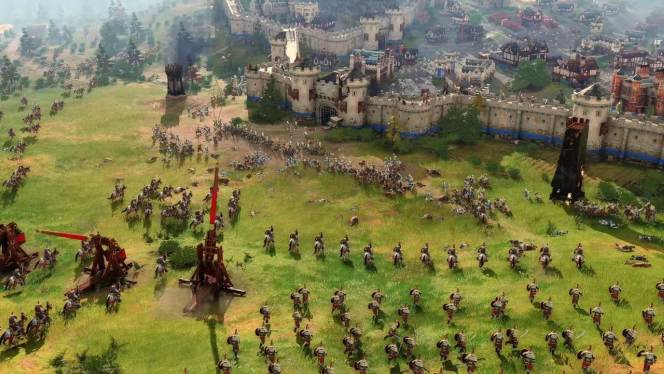
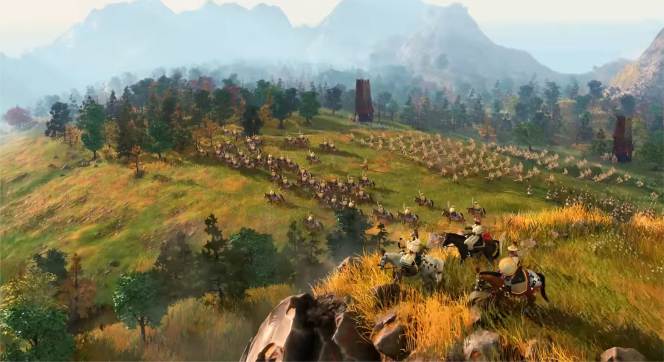


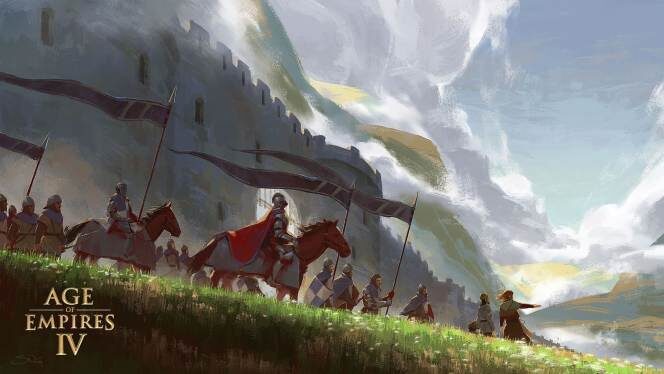
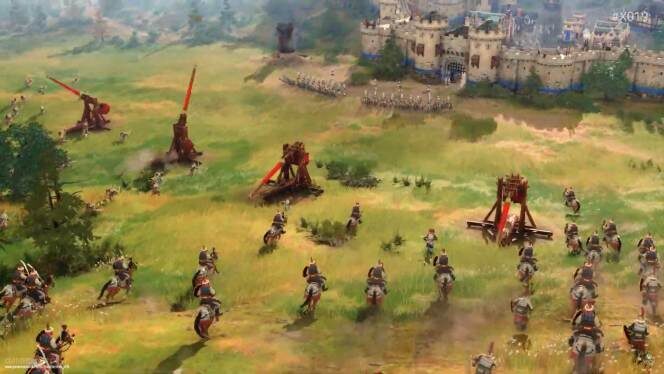

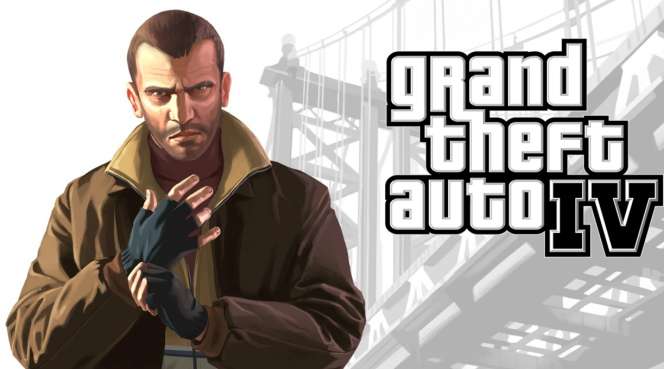








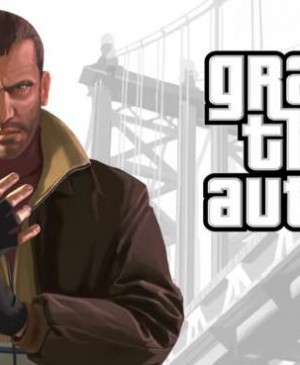



Leave a Reply